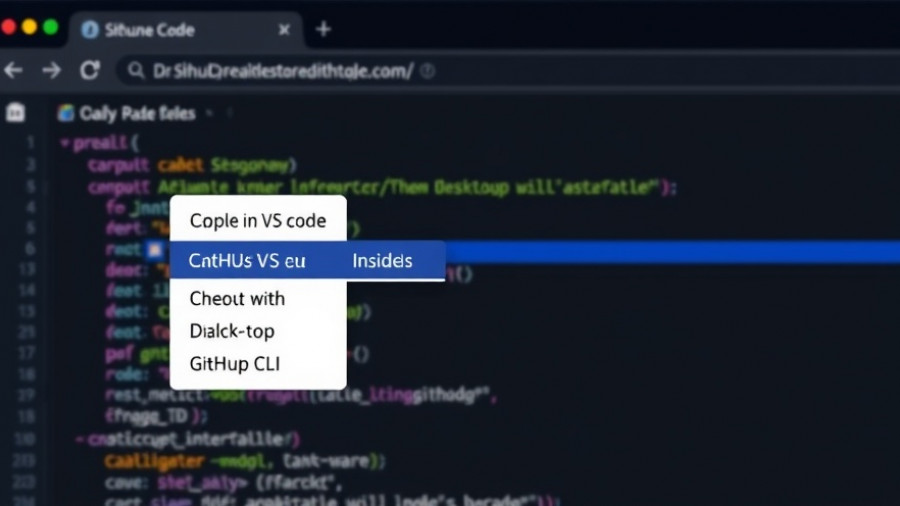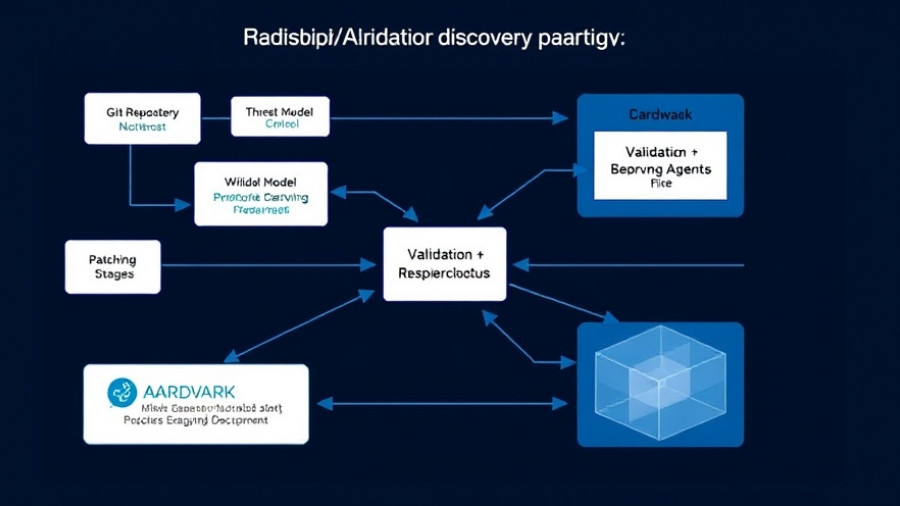
Unlocking the Future: How Agentic AI Simplifies IT Operations
The rise of artificial intelligence has transformed numerous sectors, and information technology is no exception. Yet, despite its promise, many companies struggle to reap substantial benefits from generative AI initiatives. A recent MIT study highlights a troubling statistic: 95% of generative AI projects fail, often due to their deployment in isolated silos, leaving organizations grappling with incomplete insights into their operations. HPE Juniper aims to change this narrative with its innovative agentic AI.
Breaking the Cycle of Swivel Chair Management
For a long time, IT teams have juggled an array of tools, managing operations with a cumbersome 'swivel chair' process that lacks cohesion. This method cannot keep pace with the demands of AIOps (AI for IT operations), where a unified understanding of the entire environment is crucial. HPE's vision for a 'secure AI-native network' seeks to address these challenges, reforming how organizations handle network management dramatically.
The Evolution of AIOps: Towards Self-Driving Networks
HPE Juniper's Mist platform, an initiative born over a decade ago, has always embraced AI. This platform allows for significant automation and provides deep insights into user experiences. A recent enhancement integrates Mist with Aruba Networks, elevating the existing AIOps to a new level by aligning products under a single cloud management system enhanced by AI.
Transforming Networking with Agentic AI
Agentic AI serves as a critical player in evolving IT environments into self-driving networks. It incorporates reinforced learning, open APIs, and autonomous tools that not only manage but also preemptively identify network issues. Jeff Aaron, HPE's Vice President of Product and Solution Marketing, shared an exciting new feature: the ability for the system to autonomously address specific problems without human intervention. Whether it's fixing a stuck switch port or resolving software compliance, this proactive mode empowers IT teams to focus on strategic initiatives rather than mundane troubleshooting.
Marvis AI: A Powerful Assistant at Your Fingertips
Central to this transformation is the Marvis AI engine embedded within Mist. This sophisticated assistant leverages advanced natural language processing to interact with users in a human-like manner. Recently, Marvis has undergone significant upgrades, incorporating generative AI capabilities that enhance its data science tools, leading to faster and more accurate troubleshooting.
The Power of Deep Reasoning AI: More Than Just Automation
Implementing deep reasoning AI into Marvis enables a collaborative problem-solving approach that correlates data across different operational domains. Imagine an office outage being linked to a wide-area network bandwidth issue, with Marvis suggesting corrective measures based on real-time data from various agents throughout the organization. This level of insight not only resolves problems faster but also empowers IT teams to shift from reactive to proactive management.
A Glimpse into the Future: Enhanced User Experiences
The implications of incorporating agentic AI and proactive systems are profound. By allowing organizations to anticipate issues before they arise, companies can enhance user experiences dramatically. If IT departments can move away from the fragmented management structures of the past, the future looks promising for more seamless operations where technological enhancements drive efficiency and user satisfaction.
Conclusion: Embracing the Age of AI Agents
As technology continues to evolve, embracing agentic AI is essential for organizations seeking to optimize their IT operations while delivering exceptional user experiences. It not only simplifies management but also fosters a more integrated and responsive IT environment. If you're excited about the transformative power of AI and its potential to redefine how we interact with technology, consider exploring agentic AI further.
 Add Row
Add Row  Add
Add 




Write A Comment